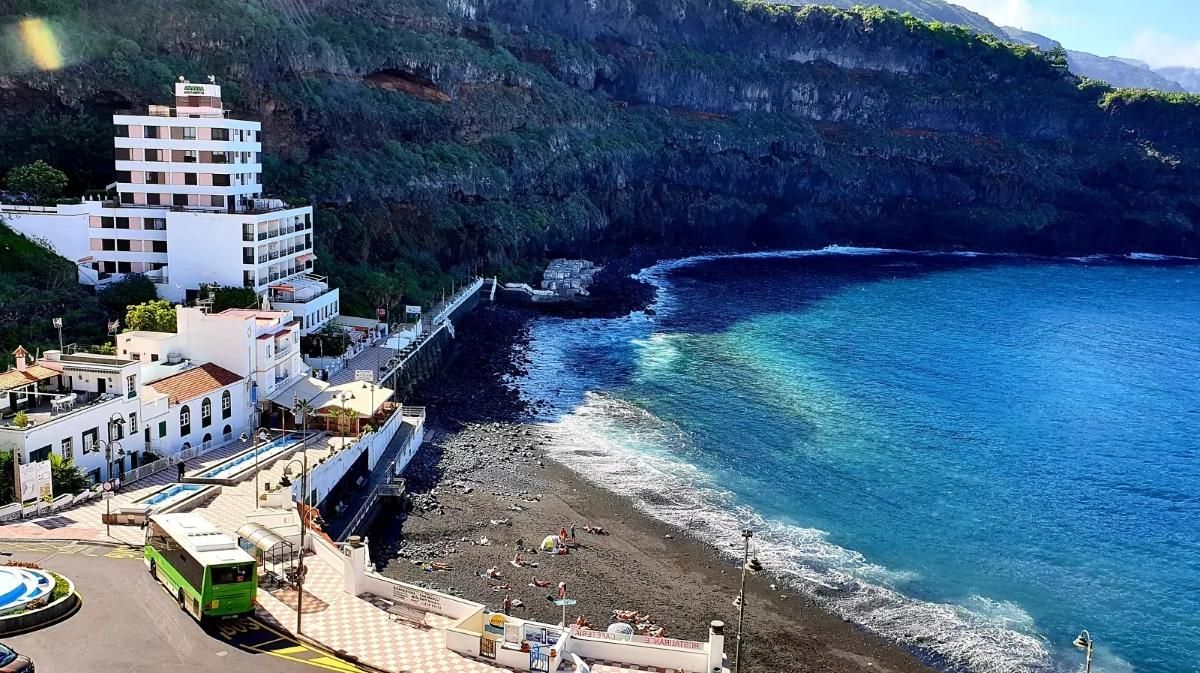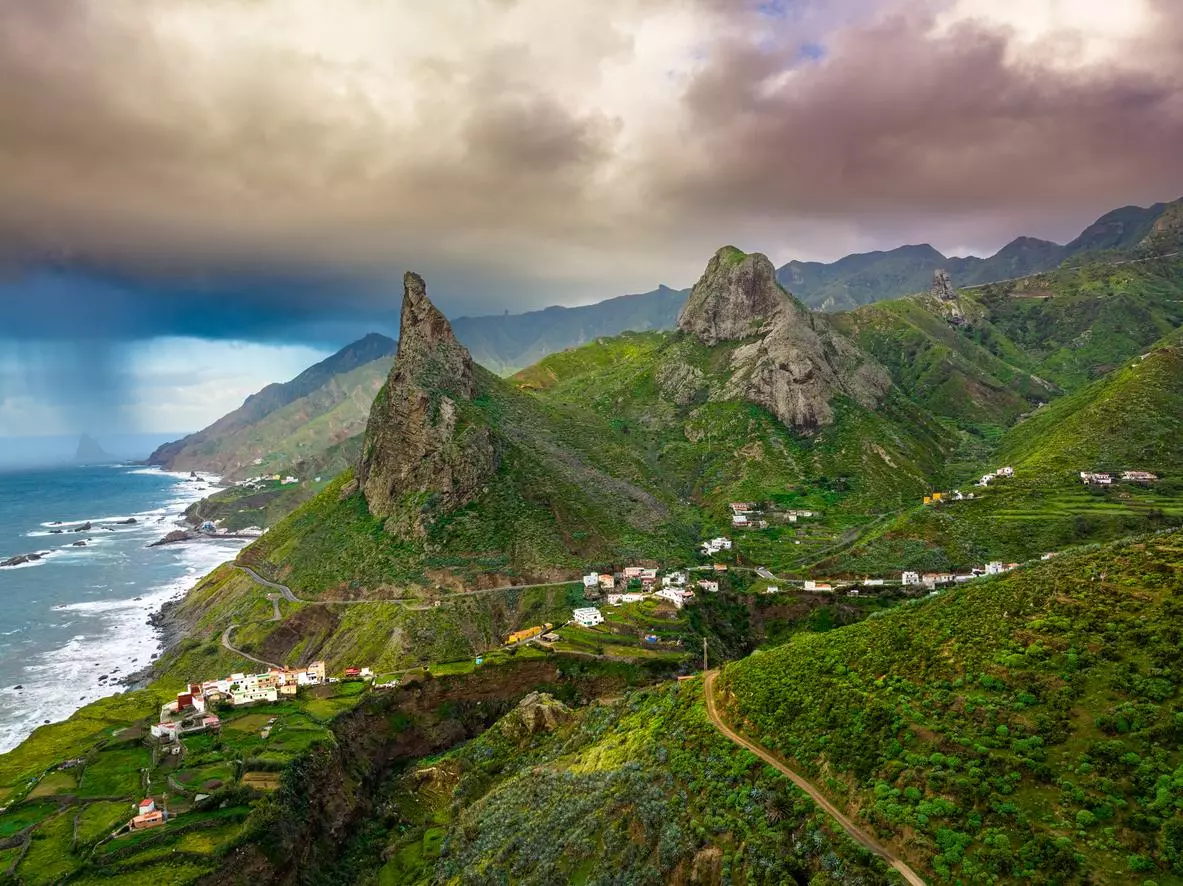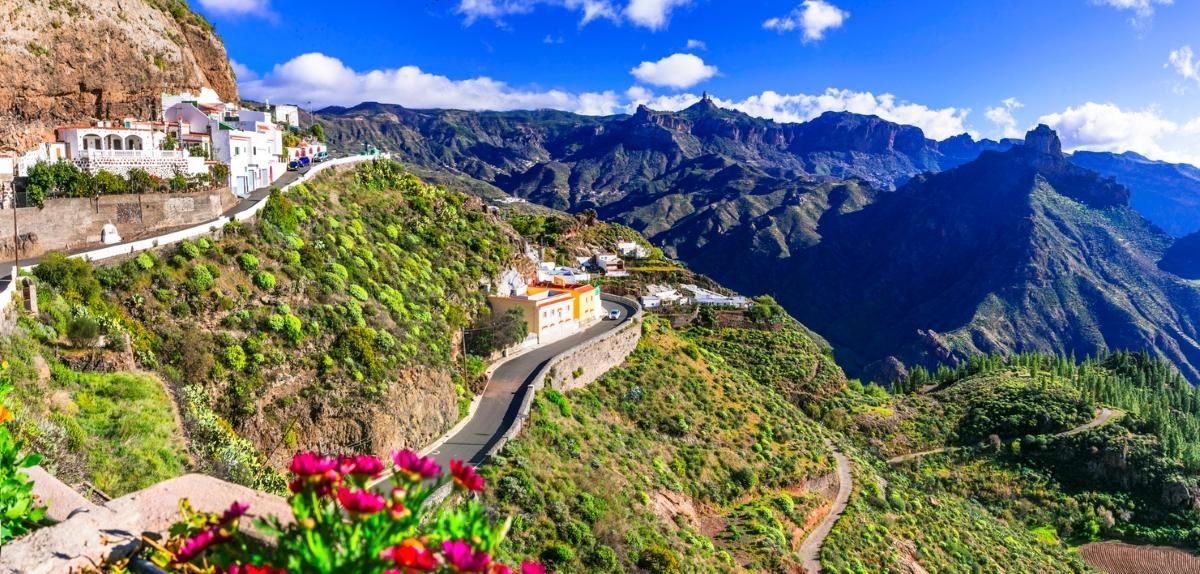Flanked by the Atlantic Ocean, Tenerife and La Palma are two of the Canary Islands that, when combined in a single trip, present a comprehensive picture of the natural wonders of this Macaronesian archipelago. Volcanic terrains, adorned with vibrant vegetation, conceal four enchanting villages in Spain where one can explore artisan traditions, geological treasures, and emotionally charged festivities. This magical route offers a thorough exploration of some of the hidden gems of the Western Islands of the Canary archipelago.
Icod de los Vinos, Tenerife: An Ancient Drago
As our flight touches down at the Rodeos airport in Tenerife, the largest of the Canary Islands, we embark on the Northern Route along winding roads that curl between cliffs. Our first stop on this enchanted journey is Icod de los Vinos, established in 1501, making it one of the oldest municipalities on the island.
Situated in the heart of the town is the “Millenary Drago,” a remarkable tree over 800 years old, designated a National Monument in 1917. The park surrounding it provides lovely walks among the local flora, ideal for learning about its unique vegetation. After admiring this natural wonder, we can wander through the historical streets of Icod de los Vinos to uncover its rich heritage.

The port and beach of San Marcos in Icod de los Vinos / Magic Peoples of Spain
Along the coastline, Cueva del Viento presents an ideal adventure for those fond of nature and spelunking. It is one of the longest volcanic tubes globally, extending over 17 kilometres.
Naturally, Icod de los Vinos is renowned for its wines. As the name suggests, this town has been closely associated with wine since ancient times, and several wineries await visitors eager to sample their offerings.
Tijarafe, La Palma: Secret Cuevas
We board another flight to leap to the “Bonita Island”. Amidst the stunning natural landscapes that lend it this moniker, Tijarafe stands out with perfect spots for retreating and embracing the tranquillity of the island. This peace is heightened in places such as the National Park of Taburiente and the stunning double-opening marine cave near The Mouth of the Jury Ravine, which local legends claim was used to outsmart pirates trying to capture them for slavery.
Continuing along the northern coast, we can explore Porís de Candelaria, one of La Palma’s hidden treasures, a quaint village formed within a cave shaped by ancient lava flows.
Villa de Mazo, La Palma: Crafts Full of Tradition
Crossing the island, we head east to continue our journey in Villa de Mazo, a charming magical town celebrated for its artisan heritage. To delve deeper into this tradition, we can visit The Red House, a museum showcasing the art of palm embroidery. However, it is at the craft market that we can purchase the finest local creations, from ceramics to intricate embroidery.
The festivities in Villa de Mazo are well-known, especially the Corpus Christi celebration held between May and June, which concludes with its streets adorned with flower carpets.

Discover the Magical Peoples of the Canary Islands
Click to book your route.
The natural surroundings of Villa de Mazo offer remarkable spots worth visiting, including the Belmaco Archaeological Park and, further along the southern edge of La Palma, the Nature Reserve of Teneguía Volcanoes.
Artenara, Gran Canaria: Discovering Cava Houses
To round off this enchanting route, we journey to Artenara, a magical town newly established in 2025 and the smallest municipality on the island, yet also the highest in Gran Canaria. Its elevation of over 1,200 metres makes it an ideal location, surrounded by spectacular volcanic landscapes.
This area is part of the protected environment of the Rural Park of Nublo and is recognized as a UNESCO World Heritage site due to its aboriginal reservoir of fallen risco.

Stunning landscape of Artenara / Istock / Foreeartist
Immerse yourself in the beauty of the Canary Islands. Book your route with one click.
Perfect for hiking, unwinding, and connecting with nature, this area is also well-known for its Casas-Cueva, many of which are still occupied or serve as rural accommodations.
With a rich pre-Hispanic heritage, the community retains archaeological remnants and vibrant cultural traditions. Highlights include the Church of San Matías and the Unamuno viewpoint, offering unique views of Roque Nublo and Bentayga.
Additionally, one can savour local cuisine, featuring goat cheese, wrinkled potatoes, watercress, and traditional sweets.
















